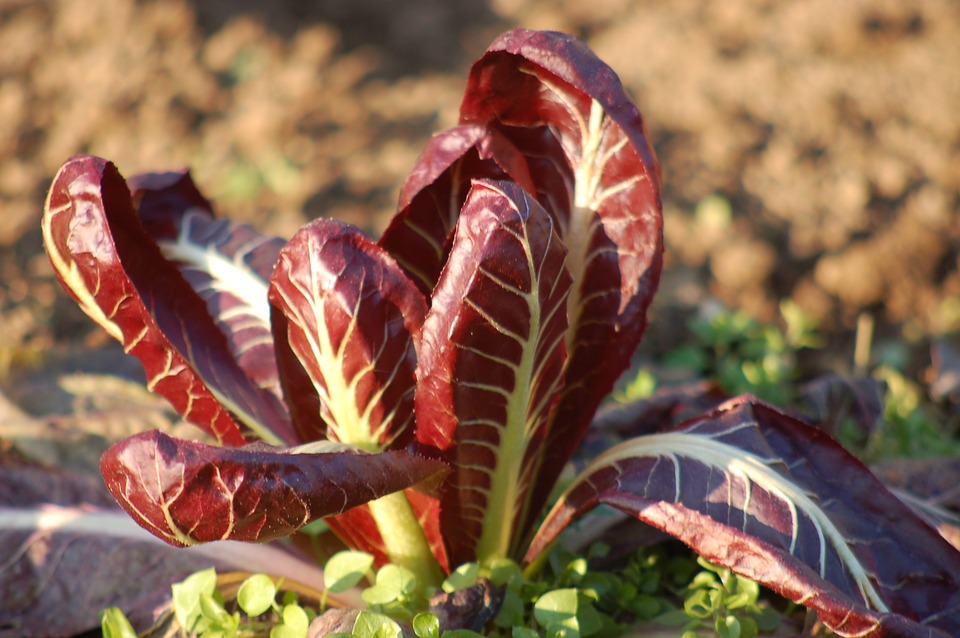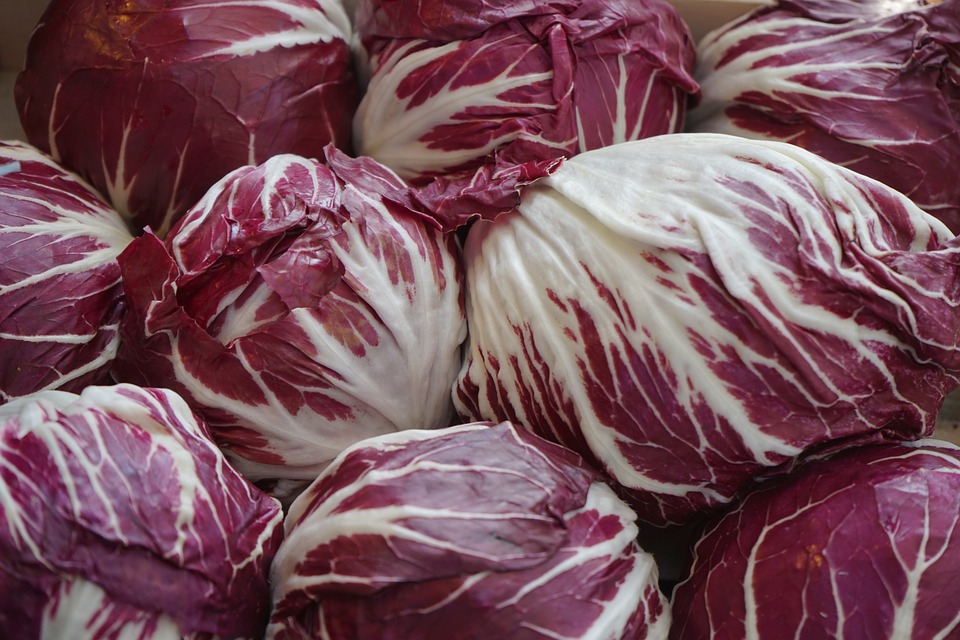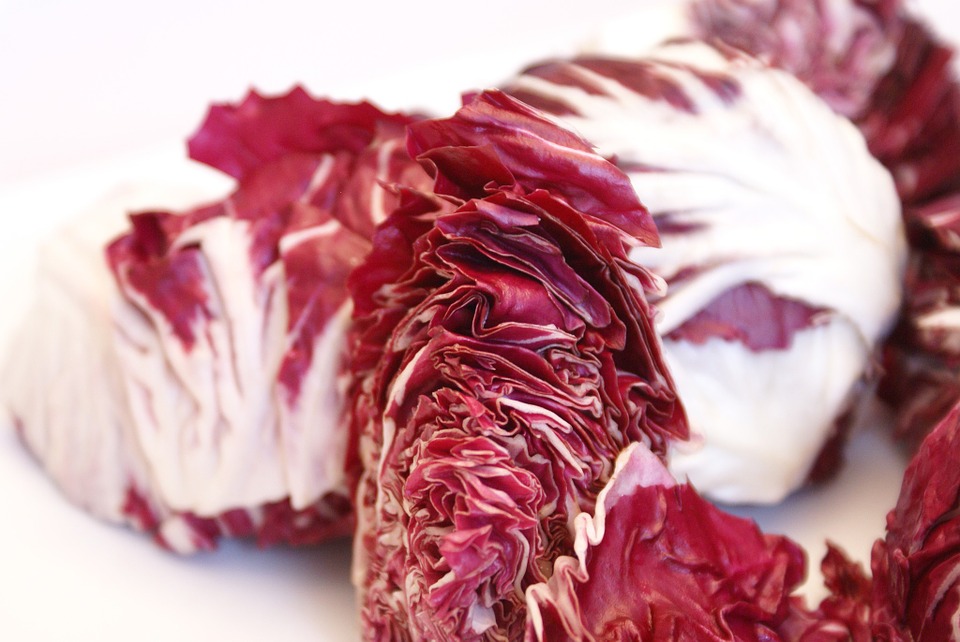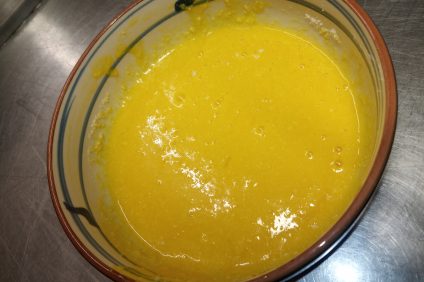Radicchio and beans (in Treviso dialect precisely roots and fasioi) is a dish that best describes the Treviso culture: simple and basically poor. In the midst of curious external influences and against the tendency to sophistication, this type of flavors still know how to give us some emotions.

What, how, why
It is well known that beans have always been the protagonists of numerous poor dishes, and not only of Italian cuisine, thanks to their strong protein intake. There are many varieties but for this recipe in particular, borlotti beans are used above all, but if you want to choose a typical Venetian product, we recommend the Lamon bean, IGP product grown in the Belluno area. As for the radicchio, grown in the Treviso area according to some iconographic sources as early as the sixteenth century.


Together these two products marry beautifully because the chicory it has a bitter taste and thus accompanies the delicate taste of the bean. In 1999 the Congrega dei was even founded in Susegana roots and fasioi, which is responsible for promoting the recipe and enhancing traditional uses and customs.
The red radicchio of Treviso
In the recipe it is used field radicchio or Treviso radicchio, which is grown in the province of Treviso (Carbonera, Casale sul Sile, Casier, Istrana, Mogliano Veneto, Morgano, Paese, Ponzano Veneto, Preganziol, Quinto di Treviso, Silea, Spresiano, Trevignano, Treviso, Vedelago, Villorba, Zero Branco ), but also in some municipalities in the provinces of Padua (Piombino Dese, Trebaseleghe) and Venice (Martellago, Mirano, Noale, Salzano, Scorze). It's about a chicory and its varieties are specifically two and very different: the early and late. The second is the more famous of the two, also because it is very recognizable even to the less experienced eye thanks to its long tapered leaves, of a clean white, which end with a curled tip with an intense red-violet color. This variety is also the most precious (and thus the current cost is explained) due to its elaborate workmanship. The disciplinary provides that it is harvested after at least two frost (therefore approximately from November 1), that it is tied in bunches and that it is immersed in tubs of water in the dark for about fifteen days. Thus the whitening process is triggered and also the taste becomes less bitter, consequently extremely appreciated. It is not for nothing that someone defines it the king of radicchio.
The recipe of roots and fasioi
After all these stories, we finally come to the recipe. Since it tends to be a poor dish it does not contain meat and this makes it suitable for vegetarians (in this case also to vegans). Compared to the traditional recipe, it is also possible to use late radicchio, which being more valuable makes the dish a little more expensive. The preparation process is very simple. First of all i beans they must be soaked for several hours before being used; for four people use about 300 grams. Then prepare a fried with shallot, carrot and celery and cook them with water, pepper and salt for about an hour over low heat.

According to some recipe books, you can consider adding a sprig of rosemary. Set aside a third of the beans and blend the others. It is important to obtain a consistent puree that then allows the radicchio to bind. At this point, just wash well and chop 300 grams of early green or red radicchio (or late), dry it and place it on a bowl, perhaps in terracotta. Pour over the bean puree and whole beans and season with pepper, vinegar and salt. Ready and served!
Over roots and fasioi: typical Treviso cuisine
You could accompany your freshly made dish with some white polenta, sliced and grilled. This is also a typical Treviso accompaniment, for example with cured meats. Besides roots and fasioi another typical dish of our cuisine is pasta and beans. Typical dish also of other areas of Italy such as Lazio or Neapolitan, in the tradition of Treviso it can also be accompanied in this case with late radicchio or flavored with pancetta. The late red radicchio is also excellent for Risotto, as well as another typical product of the Treviso area (Cimadolmo to be exact) that is the white asparagus, also a PGI.







